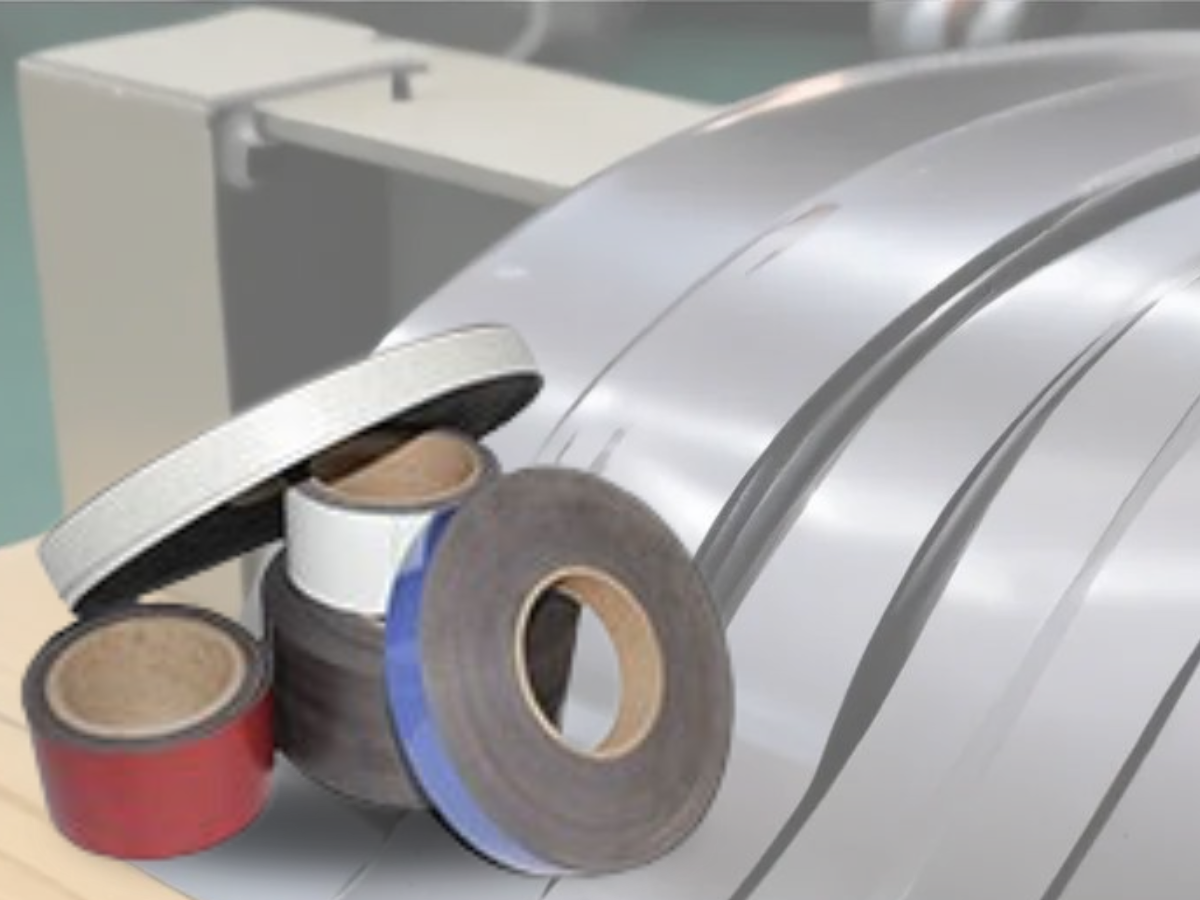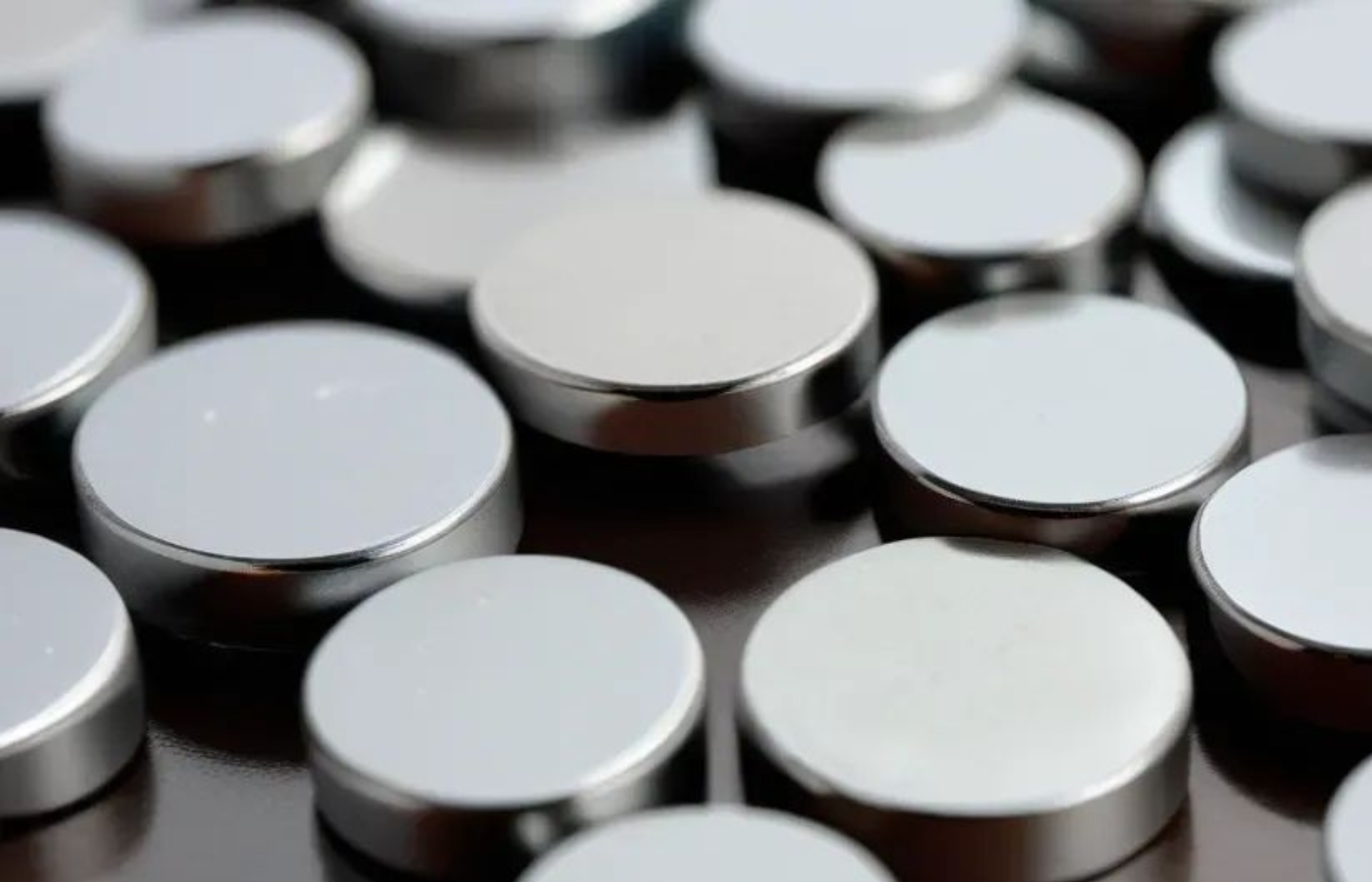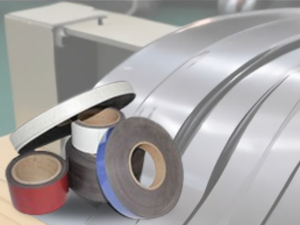

Do you have a project that requires neodymium magnets?
Neodymium magnets are known for their incredible magnetic strength and versatility.
However, it still requires you to choose the right neo-magnet for your application. It can impact the success of your project.
From magnetic strength to environmental considerations, there are several factors to weigh in your decision-making process. In this guide, we’ll walk you through the essential points to consider to ensure you select the perfect neo-magnet for your needs.
One of the primary considerations when choosing a neo-magnet is its magnetic strength. Assess the amount of magnetic force required for your application.
This will depend on factors such as the weight of objects being lifted or attracted and the distance over which the magnet needs to exert its force.
The physical dimensions and shape of the magnet are also crucial factors to consider.
Depending on your application, you may require a specific size or shape to fit into tight spaces or to ensure optimal performance.
Neo magnets can be sensitive to temperature fluctuations.
It’s essential to understand the temperature conditions your magnet will be exposed to and choose a magnet with a temperature rating that suits your application.
High-temperature environments may require magnets with special coatings or formulations to maintain performance.
Consider the environmental conditions your magnet will encounter.
Keep in mind environmental factors like humidity, moisture, and exposure to chemicals can affect the performance and longevity of the magnet. Look for a magnet that is corrosion-resistant and ideal for the environmental conditions of your application.
While striving for the highest quality magnet is ideal, it’s essential to keep your budget in mind. Evaluate the cost-effectiveness of different magnet options while ensuring they meet your project requirements.
Neodymium magnets are made from an alloy of neodymium, iron, and boron. They come in various grades, each denoted by a combination of letters and numbers.
Neodymium magnet grades typically consist of two parts: a letter and a series of numbers. Let’s break it down:
The letter represents the magnetic material’s maximum energy product, which is a measure of the magnet’s strength. The higher the letter in the alphabet, the stronger the magnet.
Common letters used in neodymium magnet grades include N, M, H, SH, and EH.
Numbers indicate the maximum energy product in MegaGauss Oersteds (MGOe). Simply put, this number provides a quantitative measure of the magnet’s strength. The higher the number, the stronger the magnet.
N Grades (N35, N42, N52, etc.) are the most common neodymium magnet grades and are suitable for a wide range of applications. They offer a good balance of strength and affordability, making them ideal for everyday uses such as refrigerator magnets, magnetic closures, and small motors.
Neo magnets come in various shapes, sizes, and grades, each suited to different applications. Here are some common types:
Block Magnets:
Rectangular or square-shaped magnets are ideal for applications requiring a strong, flat surface.
Disc Magnets:
Circular magnets are often used in applications requiring a concentrated magnetic field.
Ring Magnets:
Donut-shaped magnets are suitable for applications requiring a hole in the center, such as securing bolts or screws.
Sphere Magnets:
Small, spherical magnets are used in crafting, educational toys, and magnetic sculptures.
Custom Shapes:
Magnets can also be custom-made to fit specific application requirements.
Before you put the magnet to work, it’s smart to do some testing first. This means trying it out to see if it does what you need it to do.
Testing helps you detect any issues or things that can impact your project.
By testing before you use it, you can catch any problems early. Maybe the magnet isn’t as strong as you thought, or maybe it doesn’t fit where you need it to go. Testing helps you figure these things out before they become big problems later on.
By this point, you must be aware of the things to consider while choosing the right neo magnet for your application.
However, if things are still not clear, you can reach out to magnet experts or suppliers like Rochester Magnet.
Our experts will guide you in choosing the right magnet for your application.
If you are familiar with your requirements, it’s time to pick the Neo Magnet vendor. While there are many to choose from, make sure to pick the one that is known for selling quality products.
Reading reviews and asking around can help you figure out if a vendor is trustworthy.
Also, consider their variety and stock. You want a vendor who offers a wide range of magnets in different sizes, shapes, and strengths. This ensures you can find exactly what you need without having to compromise.
Lastly, think about customer service. A good vendor will be helpful and responsive, answering any questions you have and making sure you’re happy with your purchase. After all, buying magnets should be a breeze, not a headache.
At Rochester Magnet, we tick all the boxes of being a reliable neodymium magnet supplier.
Choosing the right neo-magnet for your application is a crucial step in ensuring the success and longevity of your project.
By understanding your project requirements, exploring the types of neo magnets available, and following the steps outlined above, you can confidently select the perfect magnet for your needs.
So go ahead, unleash the power of neo magnets, and let your project soar to new heights!





Do you have a project that requires neodymium magnets? Neodymium magnets are known for their incredible magnetic strength and versatility. However, it still requires you

Flexible permanent magnets come with unique properties, making them important for various industries. From healthcare to automotive, and from consumer electronics to renewable energy, the

Strong rare earth magnets are the strongest type of permanent magnets. Thanks to their incredible magnetic fields compared to other types such as alnico or
Our magnet experts will help you get exactly what you need – custom or stock – in record time with great quality at a very competitive price.
Ⓒ 2022 - All Rights Are Reserved